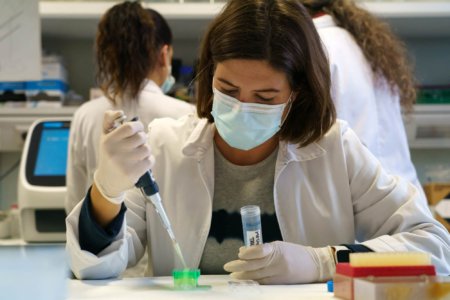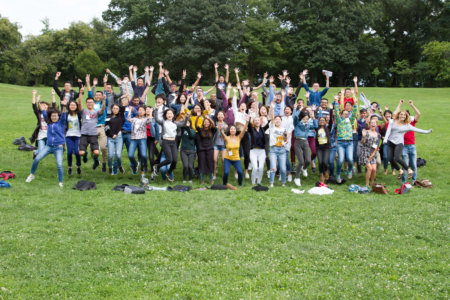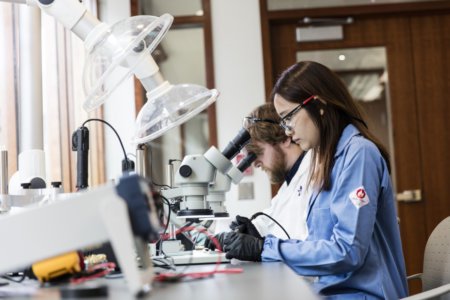
From the climate crisis to the pandemic and food insecurity, these challenges urgently require more engineers to step up. Their ingenuity has created the GPS systems that rescue people and ships in distress, technologies that have revolutionised the way we communicate such as the internet, controlled drug delivery that hold the key to tackling long-standing problems like cancer, mental illness, and diabetes, and many more.
To join their ranks and contribute as they did, today’s engineers must keep their knowledge, skills and experience current. A master’s degree in engineering is the first step to achieving this. It’s how you keep your skills fresh and prepare to tackle the problems of today and tomorrow. If this is a future you seek, get your start at these US universities:
The Ohio State University
There are many reasons why students from all over the world choose The Ohio State University’s College of Engineering. Programmes are ranked No. 1 among all Ohio universities and 16th among public universities according to US News and World Report. The campus has a strong community, urban, and metropolitan feel. Most graduate students receive funding support and various other forms of aid from their programme of study. The Office of International Affairs provides support on immigration, employment and other student programming.
A vast array of MS and PhD degrees here are highly ranked and led by world-renowned researchers and educators. Graduate students have access to career services support, such as resume writing, interview skills and access to more than 600 employers. With more than 60,000 alumni, students can tap into a strong professional network around the world.
When you choose Ohio State, you’re choosing a world-class institution that will prepare you to be key contributors to society through your technological, professional and personal skills. And Ohio State offers a wide range of academic graduate programmes, including Aerospace Engineering, Mechanical Engineering, Nuclear Engineering, Biomedical Engineering, Chemical and Biomolecular Engineering, Civil Engineering, Computer Science and Engineering, Electrical and Computer Engineering, Engineering Education, Food, Agricultural and Biological Engineering, Integrated Systems Engineering, Materials Science and Engineering and Welding Engineering.
Furthermore, at the Knowlton School of Architecture you can choose from programmes in Architecture, Landscape Architecture as well as City and Regional Planning. To learn more about how Ohio State champions human potential through unrivalled experiences, check out its Facebook, Twitter, LinkedIn, Instagram and YouTube. To request for more info, click here.
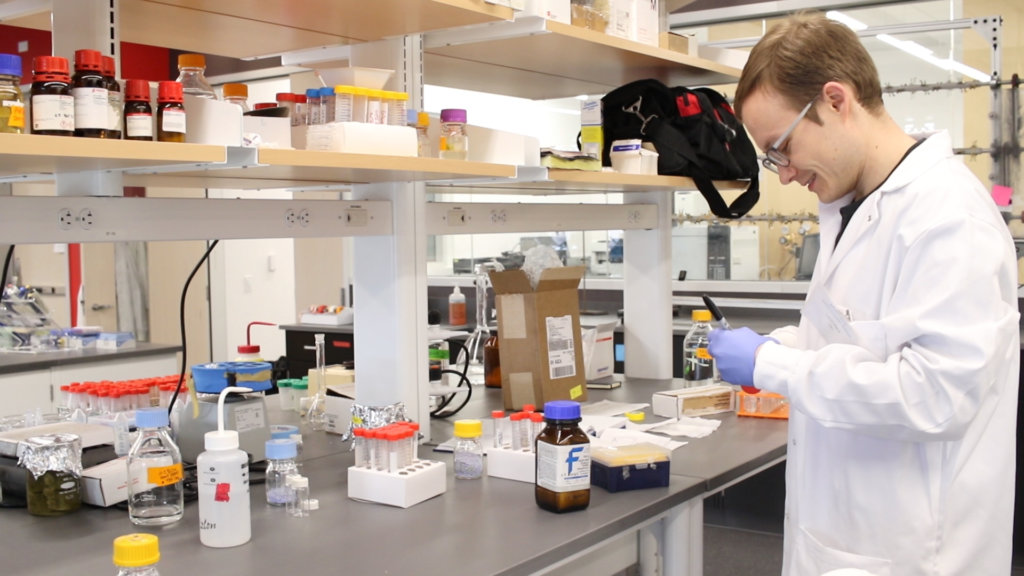
Future changemakers sow the seeds of change in their university’s well-equipped labs. Source: CMU CEE
Carnegie Mellon University
Of the US engineering schools popular among international students, the Department of Civil and Environmental Engineering (CEE) at Carnegie Mellon University (CMU), Pennsylvania is always 10 steps ahead. CEE possesses the expertise and facilities to prepare students for the new and emerging problems of tomorrow. Whether it’s through building intelligent infrastructure systems or engineering more resilient materials, this is where innovative engineers find the avenue to maximise their impact on the fast-transforming world.
Dynamic academic programmes await the curious learner at CMU, including graduate programmes in civil and environmental engineering. Master’s students may choose from a wide variety of concentrations, including but not limited to Smart Structures, Climate Change Adaptation, as well as Mechanics, Data Science, and Materials. Beyond these, there are also integrated and joint, dual degree programmes.
As a student-centred department, CEE faculty members and staff are quick to respond and adapt to student needs. Departmental support extends to each learning pathway, encouraging a collaborative culture both inside and outside the classroom. You can therefore look forward to working with brilliant individuals from other departments, which will enrich your education and research while equipping you for the future world of work. Check out the official website to learn more.
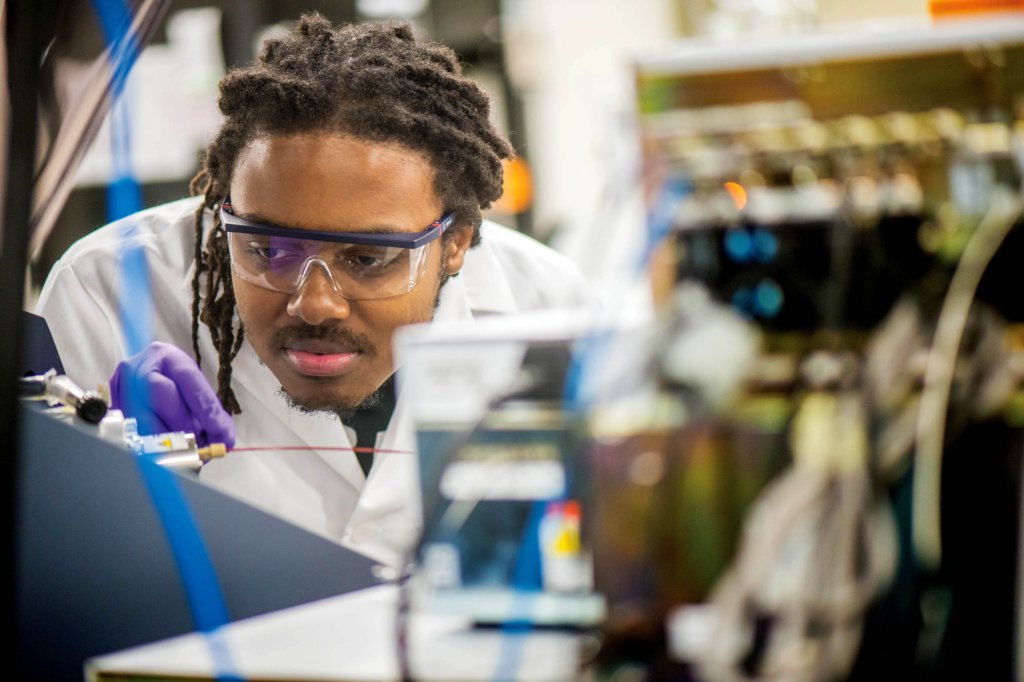
The University of Texas at Arlington offers many industrial placements for engineering students. Source: The University of Texas at Arlington
University of Texas at Arlington
Fifty of the Fortune 500 companies are headquartered in Texas, so it’s no surprise that the second-largest state in the US is a popular choice for aspiring engineers. Promising progression into industries is key when choosing a university, and the University of Texas at Arlington (UTA) delivers industrial placements in spades for its engineering students.
UTA’s College of Engineering is a place of passion meeting precision, where students from all over the world converge in an award-winning faculty. The most comprehensive engineering programme in North Texas provides 11 bachelor’s, 13 master’s and nine doctoral degrees for prospects to choose from in a university that’s been ranked as the fifth most-diverse in the US.
For women, the Society of Women Engineers has been a driver in foregrounding the full potential and achievements of its members. Under the Department of Civil Engineering, students can take on granular niche concentrations in areas such as Structural Engineering and Mechanics, Water Resource Engineering and Geotechnical Engineering to devise artful improvements on infrastructure planning.
Women in the faculty are making headlines for their work. Assistant professor Warda Ashraf, who received the Defense Advanced Research Projects Agency (DARPA) Young Faculty Award (YFA), is embarking on a project to study ancient Classical structures for possible synthetic replication, while Melanie L. Sattler is one of UTA’s acclaimed civil engineering professors with a long history of research and teaching excellence. These faculty strengths definitely foster a supportive environment for women to pursue impactful careers that shape our built environment.
*Some of the institutions featured in this article are commercial partners of Study International








